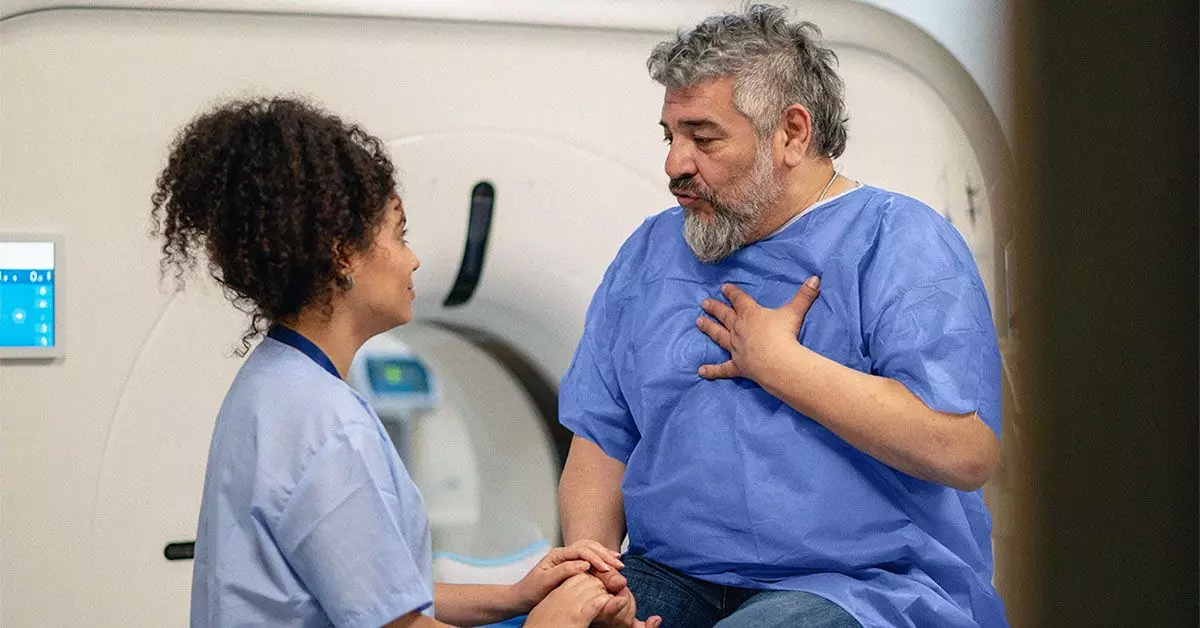Lung cancer, particularly non-small cell lung cancer (NSCLC), represents a significant medical challenge. One of the most critical aspects of lung cancer management is the surgical intervention aimed at removing cancerous tissues while preserving as much healthy lung function as possible. Among the surgical options available, wedge resection is notable for its delicate approach, focusing on a limited area of lung tissue. This article delves into the intricacies of wedge resection, its procedural mindset, and the broader context surrounding its use as a treatment for NSCLC.
The lungs are composite organs divided into lobes; the right lung features three lobes, while the left lung has two. These lobes can be further subdivided into segments, which form the basis for targeting surgical procedures. Early stage NSCLC may warrant partial resection of lung tissue, either via a segmentectomy, where segments are removed, or through wedge resection, which excises a smaller wedge of the lung. The choice of procedure frequently hinges on the patient’s overall health and the specifics of the tumor.
Wedge resection is an innovative surgical option designed to remove a targeted tumor area while maintaining the integrity of surrounding lung tissue. This procedure often employs video-assisted thoracic surgery (VATS), a minimally invasive technique that utilizes small incisions and a camera to finesse the surgical experience. The adoption of VATS has revolutionized lung surgery by reducing recovery times and minimizing surgical complications.
During the VATS wedge resection, a surgeon typically creates a few small incisions—around four, each about 5 centimeters in length. Through these incisions, specialized instruments and a camera facilitate the removal of the affected lung segment. After excising the tissue, the surgeon deploys staples to seal the remaining healthy lung and may use dissolvable stitches to close the incisions. Frequently, one or two drains are placed to manage fluid accumulation post-operation.
Despite the advantages of this less invasive technique, there are scenarios where conditions may warrant a shift to traditional open surgery, known as thoracotomy. This method requires a long incision under the shoulder blade to allow full access to the lung. It bears a higher risk of complications and a longer recovery period, underscoring the importance of careful patient selection for surgery.
Identification of suitable candidates for wedge resection is paramount in maximally beneficial patient outcomes. Preoperative evaluations, including pulmonary function tests, electroneurodiagnostic assessments, and blood analyses, are conducted to ascertain a patient’s resilience for surviving major surgery while still preserving lung capability post-operation. The goal is to ensure that sufficient healthy lung tissue remains after the resection.
Patients with aggressive or advanced lung cancers that have metastasized beyond the initial site often find themselves disqualified for surgical options like wedge resection. Hence, the timing and choice of procedure are crucially dependent on tumor stage, patient health, and biopsy results.
Preparation for wedge resection involves multiple preparatory steps that a patient is advised to follow. It is essential for individuals to quit smoking, consume a diet rich in nutrients, and understand the financial implications of their treatment. On the eve of the surgery, patients must adhere to specific dietary recommendations and medication adjustments as provided by their healthcare team.
Post-operative recovery begins in a recovery room where patients awaken to the care of a medical team that monitors their status closely. While feeling groggy initially is standard, effective pain management protocols are instituted from the outset. Patients typically remain hospitalized for one to four days, depending on their recovery progress and the health of lung function.
After discharge, adherence to a strict recovery regimen is crucial. Patients are trained on how to manage their surgical site, engage in physical activity safely, and participate in follow-up appointments, which may include pulmonary rehabilitation.
While wedge resection offers distinct advantages, it is not without contention among the medical community. Some surgeons advocate for more aggressive procedures like lobectomy, which involves removing an entire lobe along with adjacent lymph nodes. This wider excision is purported to yield lower recurrence rates. However, emerging studies provide a more nuanced view, indicating comparable survival outcomes between wedge resection and lobectomy for select patients, thus fostering an ongoing debate within oncology regarding surgical philosophy.
Wedge resection provides a tailored surgical strategy for patients battling early-stage NSCLC, emphasizing organ preservation and quality of life. Continuing research and individualized treatment plans remain essential for optimizing patient outcomes in lung cancer care. As the landscape of cancer treatment evolves, ongoing dialogue regarding the most effective surgical approaches will undoubtedly shape future best practices in the fight against lung cancer.

